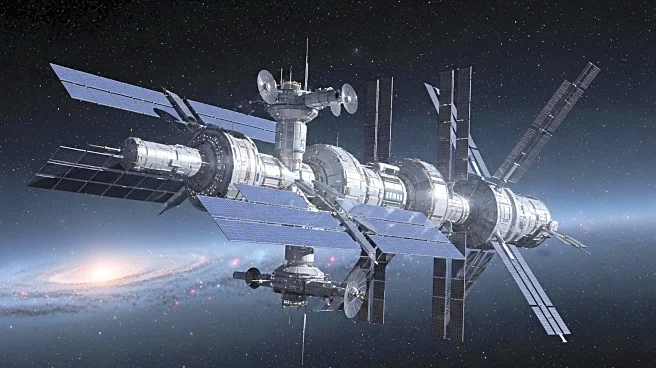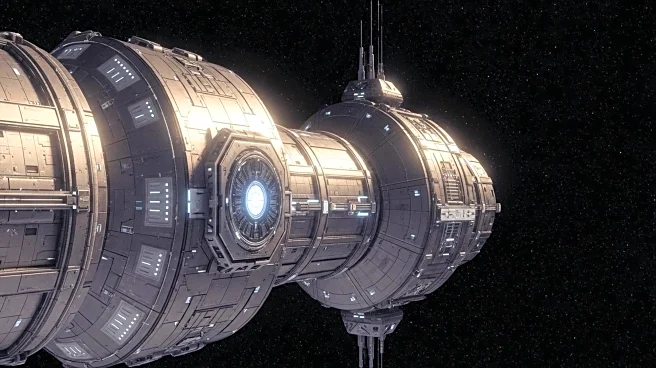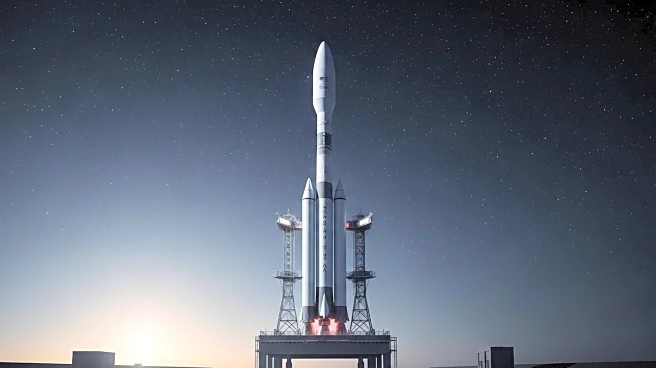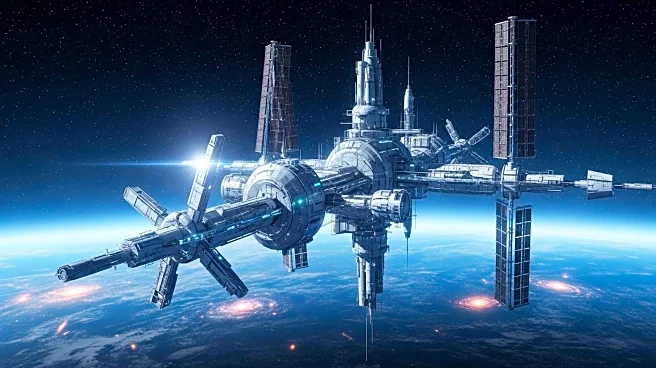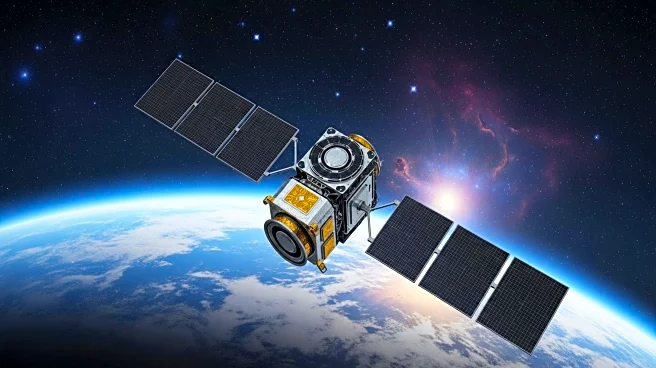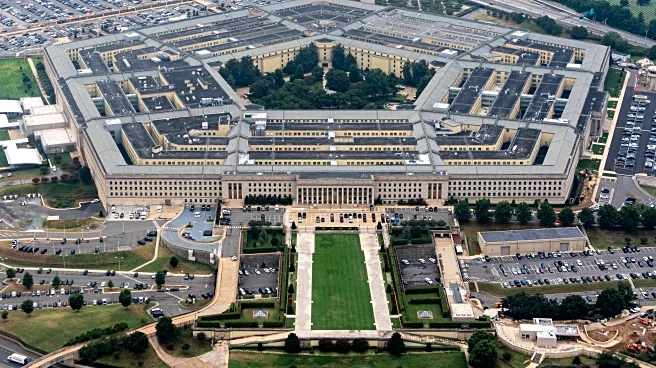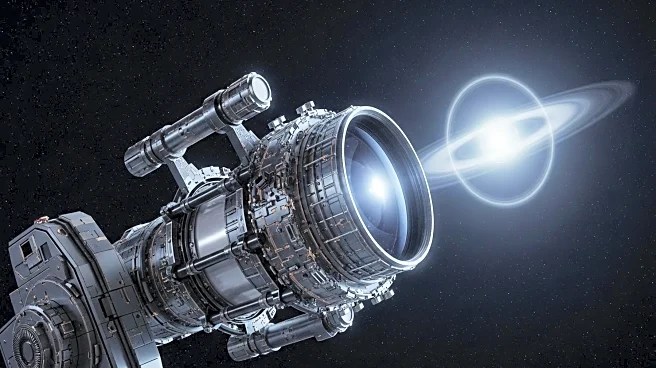What's Happening?
NASA is set to invest between $1 billion and $1.5 billion in developing commercial space stations as it transitions from reliance on the International Space Station (ISS). The agency's new strategy emphasizes partnerships with private companies through funded Space Act Agreements, focusing on short-duration missions with four-person crews. This shift, part of the Commercial Destinations – Development and Demonstration Objectives (C3DO) program, aims to facilitate the development of commercial space stations leading to a demonstration mission by 2030. NASA's goal is to enable multiple commercial space station destinations and advance them to the stage of an on-orbit crewed demonstration flight.
Why It's Important?
NASA's investment in commercial space stations marks a significant shift in its approach to space exploration and utilization. By partnering with private companies, NASA aims to foster a competitive commercial space industry, reducing costs and accelerating innovation. This strategy could lead to a more sustainable presence in low Earth orbit, with commercial stations supporting research, tourism, and industrial activities. The transition away from permanently crewed stations to short-duration missions reflects a flexible approach to space habitation, potentially increasing accessibility and reducing operational risks.
What's Next?
NASA plans to finalize the draft announcement by October 3, enabling a formal industry feedback process. The agency has set a December 1 deadline for proposal submissions, with Space Act Agreements expected to be awarded by April 2026. This timeline aligns with NASA's broader objectives to ensure a seamless transition from the ISS to commercial space stations by 2030. The success of this initiative will depend on the ability of commercial partners to meet NASA's requirements and the agency's capacity to manage the transition effectively.
Beyond the Headlines
The shift to commercial space stations raises questions about geopolitical implications, particularly as China advances its Tiangong space station. The U.S. must ensure its commercial space industry remains competitive and capable of supporting national interests. Additionally, the focus on short-duration missions may impact the development of long-term space habitation technologies, requiring careful consideration of future exploration goals.
